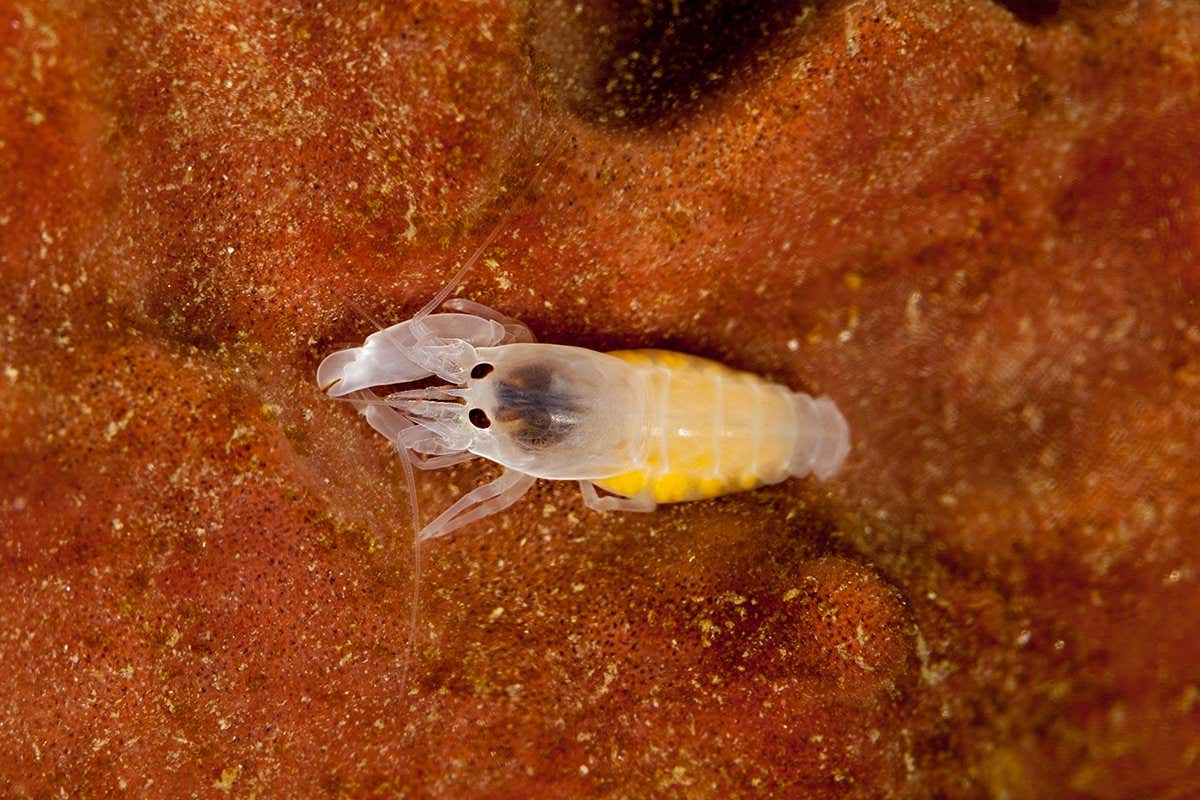Shrimp's Claws Shatter Underwater Speed Record: A Tiny Creature, a Massive Discovery
A minuscule crustacean has just rewritten the record books for underwater speed, leaving scientists utterly amazed. Researchers have discovered that the snapping shrimp's claw speed surpasses anything previously documented in the aquatic world. This incredible feat of nature has opened up new avenues of research into biomechanics and could even inspire new technologies.
Unrivaled Speed: A Closer Look at the Snapping Shrimp
The snapping shrimp, known for its surprisingly powerful claw, has long captivated scientists. This tiny creature, typically less than an inch long, uses its specialized claw to generate a cavitation bubble – a void in the water – that implodes with astonishing force, creating a loud snapping sound. This unique mechanism is used for hunting, defense, and communication.
But the speed of this process remained largely unknown until now. Recent high-speed underwater photography, using advanced technology capable of capturing images at millions of frames per second, has revealed the true extent of the shrimp's power.
Breaking the Sound Barrier (Underwater, That Is!)
The research, published in Nature Communications, reveals that the shrimp's claw snaps closed at a staggering speed: faster than any other known underwater creature. The closing speed is estimated to be over 100 kilometers per hour, generating a shock wave that propagates through the water. This is significantly faster than the previously held record holder.
- Key Findings:
- Unprecedented speed of claw closure.
- Generation of high-velocity jets and cavitation bubbles.
- Potential applications in various fields, including biomimetics.
This breakthrough has profound implications for our understanding of underwater biomechanics. The shrimp's extraordinary speed isn't just a random quirk of nature; it’s a precisely engineered system honed by millions of years of evolution.
Implications for Science and Technology
This discovery isn't merely a fascinating biological observation; it holds significant potential for technological innovation. Researchers are now exploring ways to mimic the shrimp's claw mechanism to develop:
- More efficient underwater propulsion systems: Imagine submarines or underwater robots powered by a bio-inspired, high-speed system.
- Novel medical devices: The precision and power of the shrimp's snap could inspire the creation of advanced surgical tools or drug delivery systems.
- Improved materials science: Understanding the materials and mechanics involved in the shrimp's claw could lead to the development of stronger, more resilient materials.
Biomimetics: Learning from Nature's Masters
The field of biomimetics focuses on mimicking nature's designs to solve engineering challenges. The snapping shrimp provides a compelling example of how studying even the smallest creatures can lead to groundbreaking advancements. This research underscores the importance of preserving biodiversity and understanding the intricate mechanisms of the natural world.
Future Research and Conservation
Further research is needed to fully understand the complexities of the snapping shrimp's claw and its impact on its environment. Understanding the ecological role of these creatures is crucial for their conservation. Their high-speed snapping contributes to the overall marine ecosystem, and their protection is essential for maintaining the balance of nature.
This incredible discovery highlights the power of scientific curiosity and the vast potential that lies within the seemingly insignificant. The snapping shrimp's astonishing speed serves as a testament to the wonder and complexity of the natural world, prompting us to continue exploring and learning from the extraordinary creatures that share our planet.
Keywords: Snapping shrimp, underwater speed record, biomechanics, cavitation, high-speed photography, biomimetics, Nature Communications, underwater propulsion, materials science, marine biology, conservation, biodiversity.
